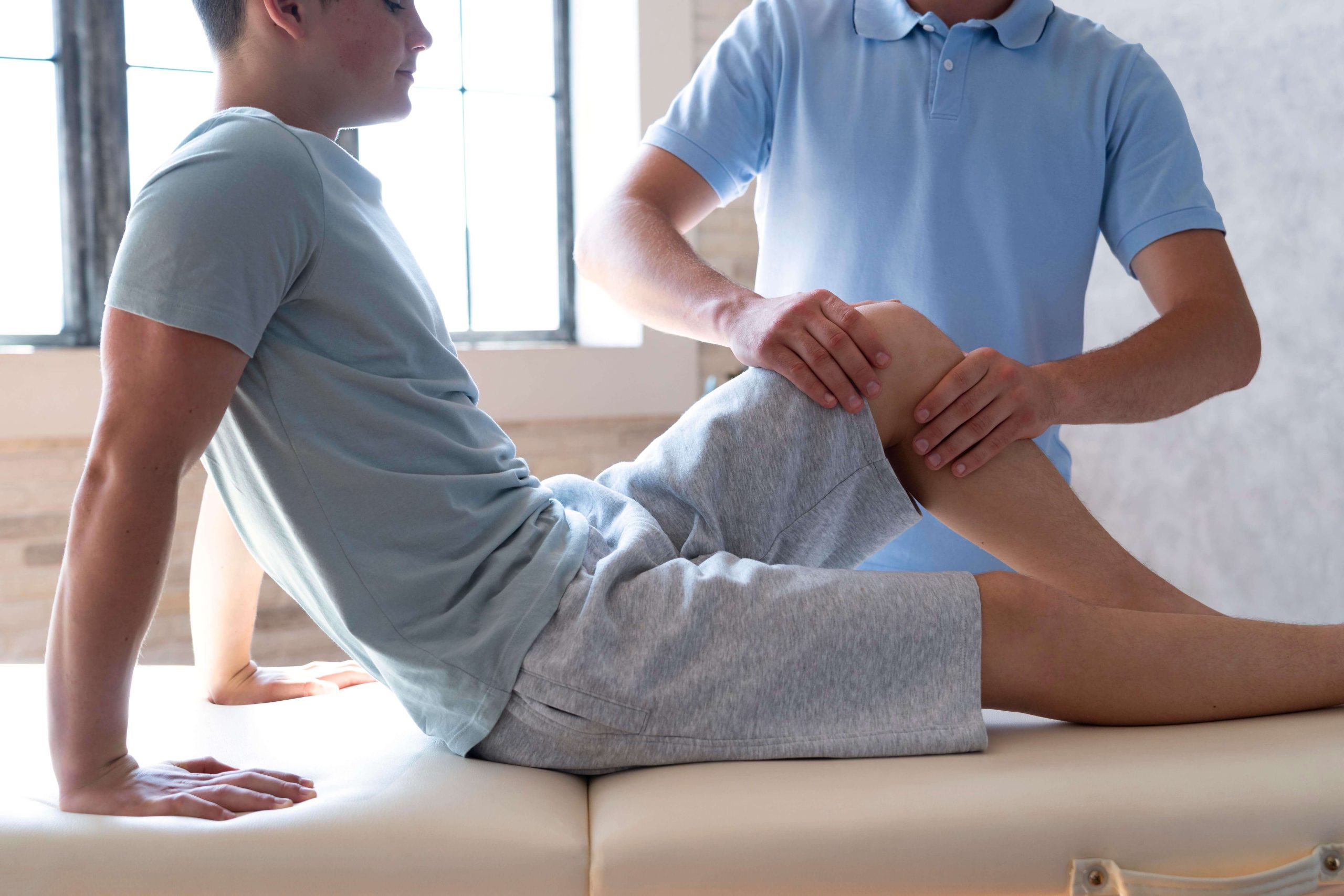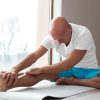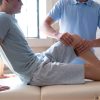A Parent’s Guide for Adolescent Athletes
What Is Osgood-Schlatter Disease?
Osgood-Schlatter Disease (OSD) is a common cause of knee pain in growing adolescents, particularly those involved in sports that require running, jumping, and quick changes in direction. This condition results from inflammation at the tibial tuberosity, the bony bump below the kneecap where the patellar tendon attaches.
OSD typically affects adolescents aged 10–15 during periods of rapid growth, with boys being slightly more prone to it than girls.
What Are the Signs and Symptoms?
- Pain and swelling just below the kneecap.
- A noticeable bump on the shinbone that may be tender to touch.
- Increased pain with activity, especially running, jumping, or kneeling.
- Stiffness in the knee, especially after periods of rest or inactivity.
If your child experiences these symptoms, particularly after sports, Osgood-Schlatter Disease may be the cause. A sports physiotherapist can help diagnose the condition and guide a treatment plan.
What Causes Osgood-Schlatter Disease?
- Growth Spurts: Rapid bone growth during adolescence can cause muscle and tendon tightness, increasing tension on the tibial tuberosity.
- Repetitive Stress: High-impact activities like basketball, soccer, and athletics place repeated stress on the patellar tendon.
- Overtraining: Limited rest between sports or activities can exacerbate symptoms.
Treatment and Rehabilitation Options
The good news is that OSD is temporary and resolves once the growth plates close. In the meantime, treatment can alleviate symptoms and help your child stay active.
- Activity Modification
- Encourage low-impact sports such as swimming or cycling.
- Avoid activities that trigger knee pain until symptoms improve.
- Strengthening and Stretching
-
- A sports physiotherapist can create a tailored exercise program to strengthen the quadriceps and hamstrings while improving flexibility.
- Knee Support
-
- Using a patellar strap or knee brace can reduce tension on the tibial tuberosity.
- Ice Therapy and Pain Relief
-
- Apply ice after activity to reduce inflammation.
- Over-the-counter pain relief can be used under a healthcare provider’s guidance.
- Education and Gradual Return to Sport
-
- A physiotherapist can guide your child through a safe and gradual return to full activity, ensuring they avoid re-injury.
Why Consult a Sports Physiotherapist?
Sports physiotherapists specialize in managing conditions like Osgood-Schlatter Disease. They will:
- Confirm the diagnosis and rule out other knee conditions.
- Provide individualized treatment plans that suit your child’s sport and activity level.
- Monitor progress and adjust exercises as needed.
With professional care, most children recover fully within months to a year and can return to their favorite activities pain-free.
Conclusion
Osgood-Schlatter Disease can be a painful hurdle for adolescent athletes, but it’s manageable with the right care. If your child is struggling with knee pain, consult a sports physiotherapist to help them get back to enjoying their sport safely and confidently.





